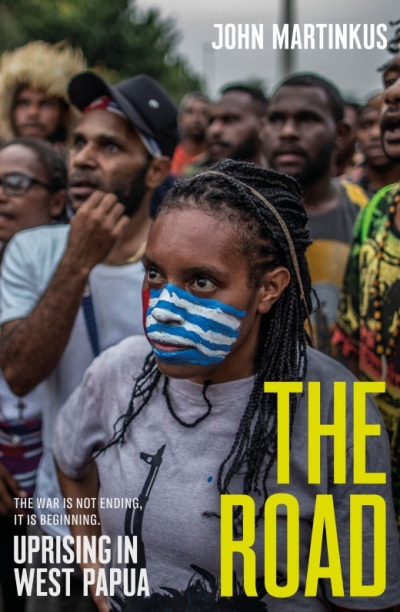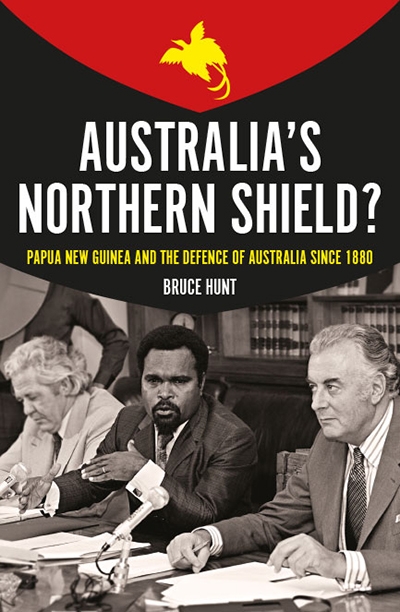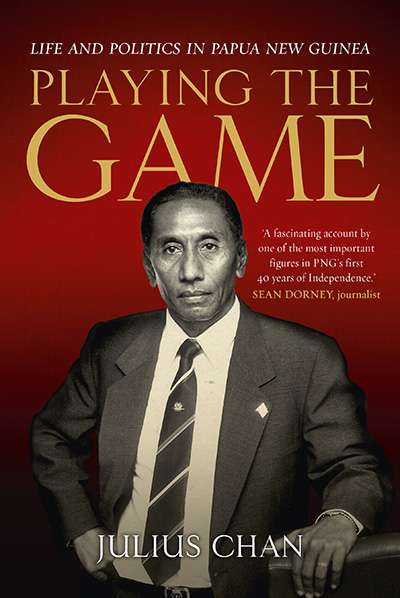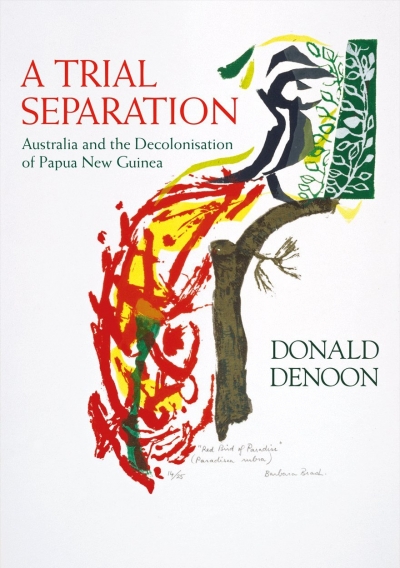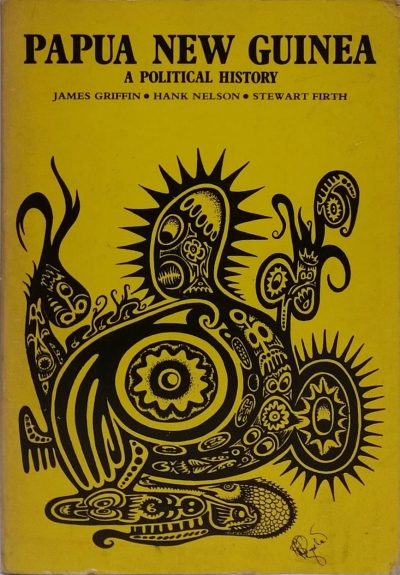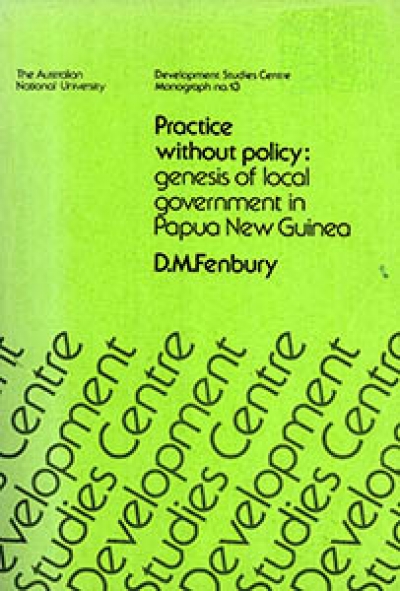Papua New Guinea
The Road by John Martinkus & Too Close to Ignore edited by Mark Moran and Jodie Curth-Bibb
by Kieran Pender •
Australia’s Northern Shield?: Papua New Guinea and the defence of Australia since 1880 by Bruce Hunt
by Seumas Spark •
Playing the Game: Life and politics in Papua New Guinea by Julius Chan
by Lyndon Megarrity •
A Trial Separation: Australia and the decolonisation of Papua New Guinea by Donald Denoon
by Allan Patience •
Papua New Guinea: A Political History by James Griffin, Hank Nelson, and Firth Stewart
by Harry H. Jackman •

